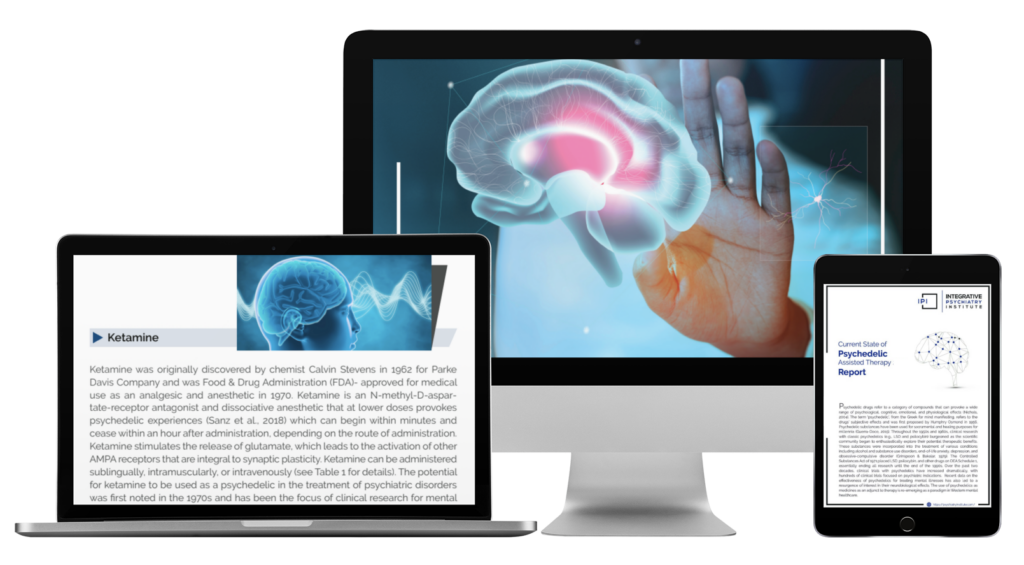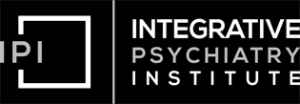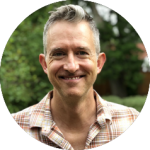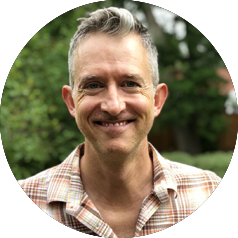Watch this video with Dr. Joan Borysenko as she talks about Neuroscience and Spirituality.
FULL TRANSCRIPT
One of the things that we’re going to be looking at is that much of the research has to do with asking people to write down or to speak spiritual experiences that they’ve had. And it turns out, we can change our brain, activate different parts of the brain that we’re going to look at, and kind of install that activation, link neurons together.
The Neuroscience of Spirituality: An Overview
The first thing is a personal spiritual experience. And so what was happening in my brain just a few minutes ago, is that we would have been seeing increased activity in the nucleus accumbens, as well as the frontal, attentional and ventromedial, the bottom middle part of the prefrontal cortex. And this is pleasure and reward circuitry. Different kinds of spiritual experiences, of course, are going to activate different areas of the brain.
Concentration meditation, for example, if you’re just concentrating on breath, or concentrating on mantra, or concentrating on a visual, like a candle, those kinds of concentration experiences, plus a verbal prayer, let’s say, doing the rosary.
Neural Networks of Ego and Present Moment
And that is a midline network, it extends from the orbital medial prefrontal cortex, back to the posterior cingulate cortex. And it includes the amygdala and hippocampus. And that, as I’ve said before, is the source of mind wandering and rumination. And that’s also called the self-referential network, thinking I, me, mine, and that, of course, can really depress you after a while. And this is the network that allows us to constantly bring back up our well-practiced narratives, that, you know, I’m a victim of that. This always happens to me, whatever it is, we all have our stories.
Identity Narratives: Borderline Personality Disorder
There’s actually quite a lot written about our stories, our narratives, and how they create our identity.
Identity, the Buddhist kind of idea is that we have no fixed identity at all, they have a word called Anatta, no self. And we’re constantly creating identity with the stories that we tell ourselves. This is good news. Because if we tell ourselves a new story, then our ego identity, which we do need some ego identity, of course, to move through this world, is going to be much more benign.
Can we challenge our brain volitionally?
And of course, the foundational work of Donald Hebb tells us neurons that fire together, wire together. Inner strengths of any kind, including flow, are grown from experiences of those strengths. In other words, the state has to be activated for the neurons to be firing so that they can wire together. And once you’ve got activation of the state, you can install temporary states as traits. And this is of course very much also the work of self-directed neuroplasticity.
Just little bits of meditation during the day can help put you in a better state and give rise to a more balanced mood.







